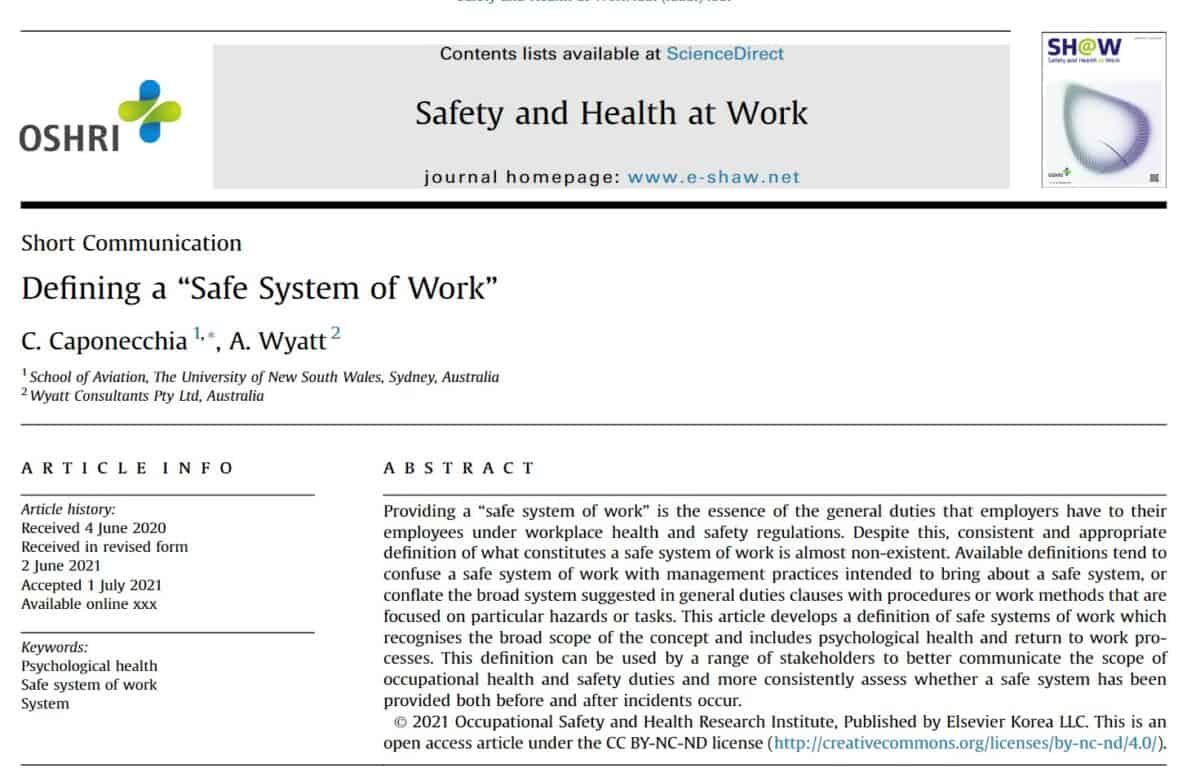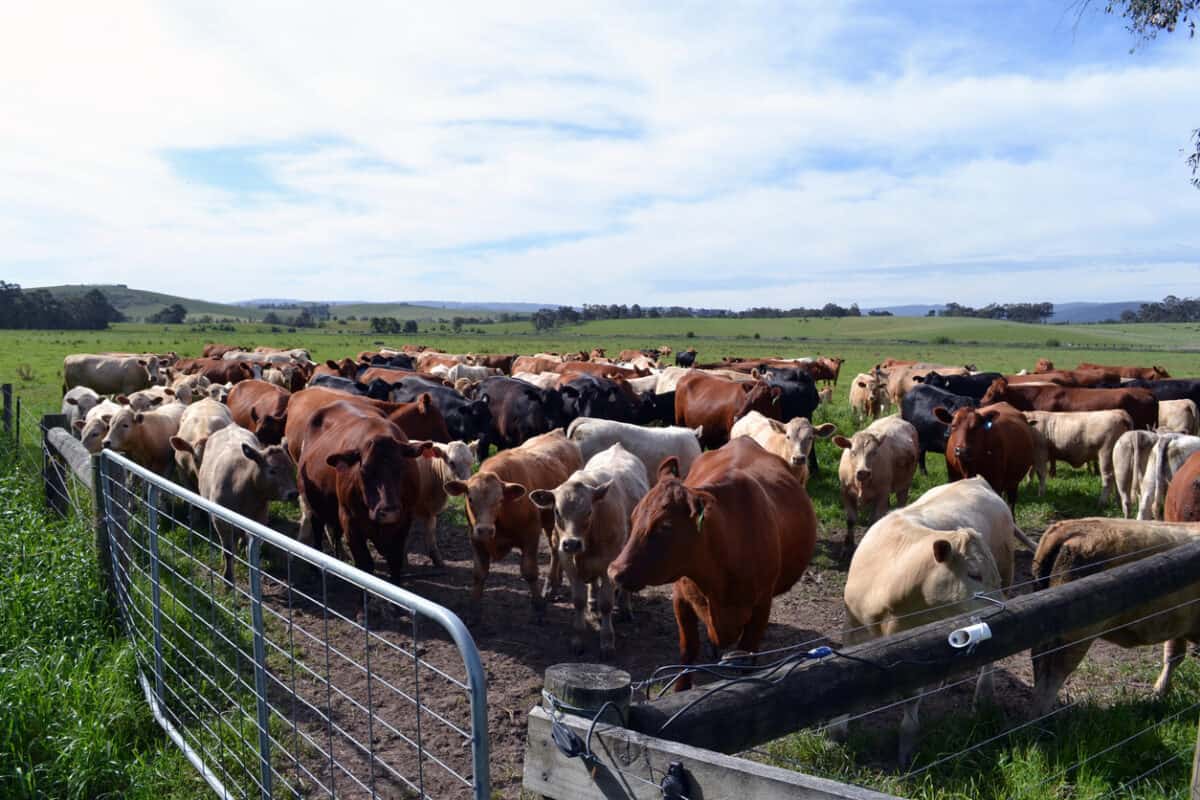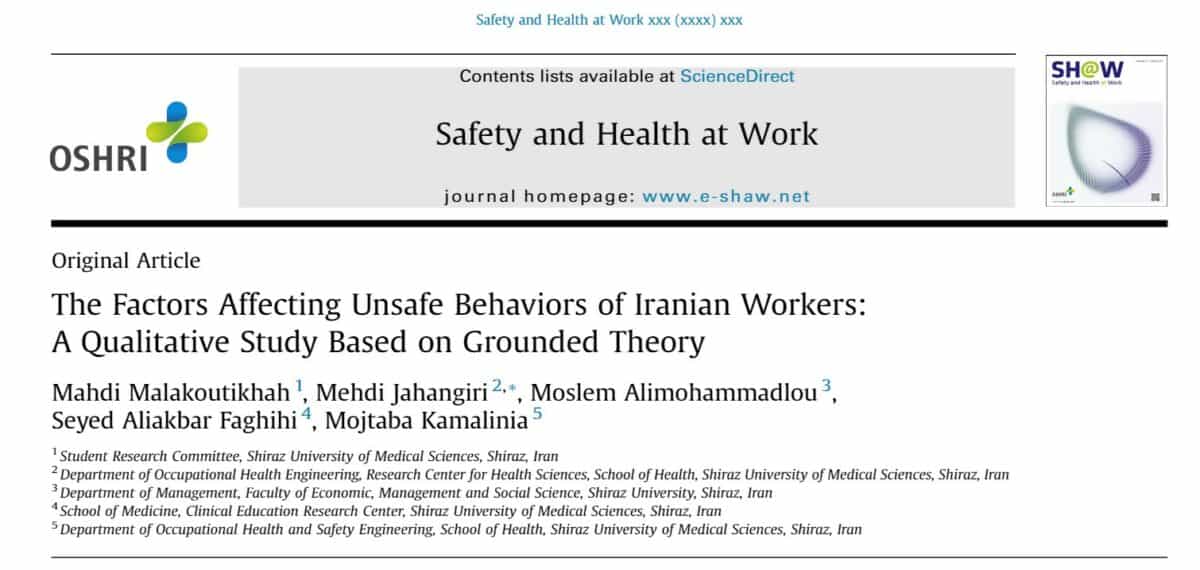This week Forbes magazine included a peculiar article about Australian occupational health and safety (OHS) headed “If You Think Managing Worker Health And Safety Is Expensive, Try An Accident“. The article written by Susan Galer includes several curious perspectives and mentions industrial manslaughter (IM).
Category: safety culture
Is a definition of a “safe system of work” still needed?
Recently Carlo Caponecchia and Anne Wyatt published a short article about the “safe system of work” (open access for a limited time) – an important concept of occupational health and safety (OHS) and element of OHS laws, but one that is poorly defined; possibly because a sociological definition is more useful, and the sociology of work has always played second fiddle to the legal. This concise article should spark a lively discussion on safety management systems, safety culture and the safe system of business.
NZ research into transport industry OHS is relevant everywhere
In 2019, Victorian Premier Daniel Andrews flagged that incidents involving commercial vehicles would be reflected in workplace health and safety statistics. There has been little visible change on this pledge. Still, recently WorkSafe Victoria reviewed its work-related fatality statistics to include truck fatalities and other causes of work-related deaths for the last couple of years. Guess what, the number of deaths almost doubled for that period from 26 to 49!! What would the rate of serious injuries be if it was also reassessed?
New Zealand undertook a similar exercise a few years ago, which has led to a significant research project into that country’s transport industry and supply chains, a research project with substantial relevance to Australia and elsewhere.
Dehumanising OHS
A recent online article started:
“We all deserve to leave for work each day, knowing that if we say goodbye to our loved ones, it’s not goodbye forever. And when we’re at work, our laws should protect us and keep us safe.”
It contains a heartfelt sentiment but also perpetuates a myth. Occupational Health and Safety (OHS) laws do not protect us or keep us safe. They establish a socio-legal framework that needs to be enforced by a combination of employers, workers, Regulators, Health and Safety Representatives, bystanders, the public, the government, relatives, and others, depending on the work situation at the time.
Just as “mindful” has a different subtext to “careful” so we need to avoid empowering laws beyond their design and dehumanising the OHS process. We need to remember that people are integral to the enforcement of OHS laws, duties and obligations for if we remove people from this activity, OHS becomes a responsibility of everyone and no one.
BTW, the article is a lovely profile of Lana Cormie
More OHS information on Midfield Meats
Recently The Monthly magazine took a close look at the labour practices of Midfield Meats (paywalled), a major Warrnambool company and meat exporter that had been, yet again, successfully prosecuted by WorkSafe Victoria. There are workplace safety elements to The Monthly’s story that were not as prominent as other issues and there were some questions for companies and governments that have supported Midfield in the past.
Repeat OHS offender but you wouldn’t know it
Recently WorkSafe Victoria successfully prosecuted Midfield Meats International over an occupational health and safety (OHS) breach described as:
“a labour hire worker was hit by a reversing forklift as he was stacking cardboard sheets against a wall. The worker’s legs were crushed between the forklift and a steel barrier. He was taken to hospital and suffered nerve damage to his lower legs.”
The company pleaded guilty and was ordered to pay costs of $2000. In a media release, WorkSafe’s Executive Director of Health and Safety, Julie Nielsen, said
“This incident should serve as a wake-up call to this company and to others that it is simply unacceptable for pedestrians and mobile plant to mix…..”
But as OHSintros noted on a Facebook post about the prosecution, the Midfield Group is well known to WorkSafe, with OHS prosecutions going back to at least 2004 which attracted around $280,000 in fines, the largest penalty $95,000 in 2019. So it is worth a brief look at the OHS profile of the Midfield Group.
The causes of unsafe behaviours
This blog has always had strong reservations about the occupational health and safety (OHS) focus on the unsafe behaviour of workers to the exclusion of organisational and socio-economic factors. A recent research study on Iranian workers provides a fresh look at the causes of unsafe behaviours applicable to a wide range of occupations.
The report* by Mahdi Malakoutikhah, Mehdi Jahangiri, Moslem Alimohammadlou,
Seyed Aliakbar Faghihi, Mojtaba Kamalinia of the Shiraz University in Iran found three factors contributing to unsafe behaviours:
- Organisational
- Individual
- Socio-economic
Nothing radical in those categories but the subcategories and themes are more useful as this table shows.






